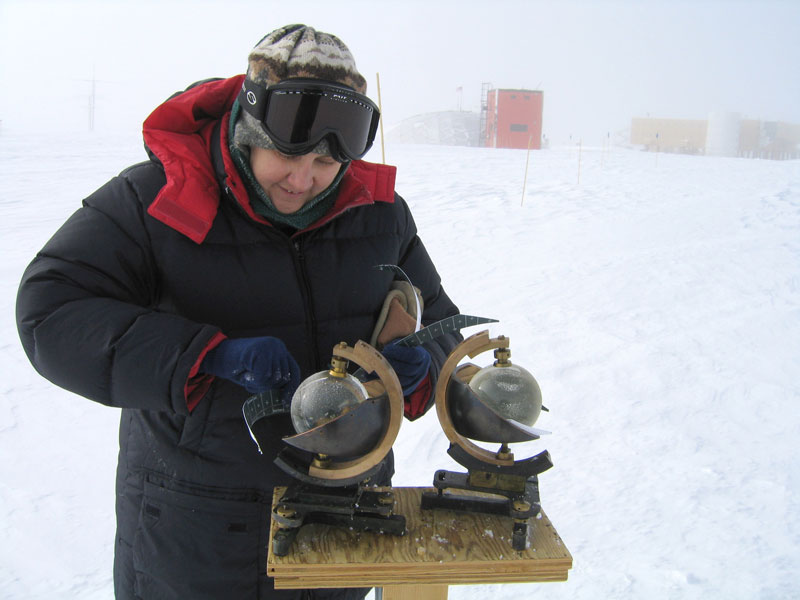Significant international and collaborative research takes place at the South Pole. Being so remote, the South Pole has the ‘cleanest air on Earth’, providing a natural laboratory in which to study the atmosphere.
Station facilities are permanently staffed to allow continuous research into large scale astrophysical processes, solar processes, short-term electromagnetic phenomena, and long-term atmospheric studies (ozone layer, ultraviolet radiation, winds, weather, and climate).
While Amundsen-Scott South Pole Station is operated by the United States, scientists come from a wide range of countries.

